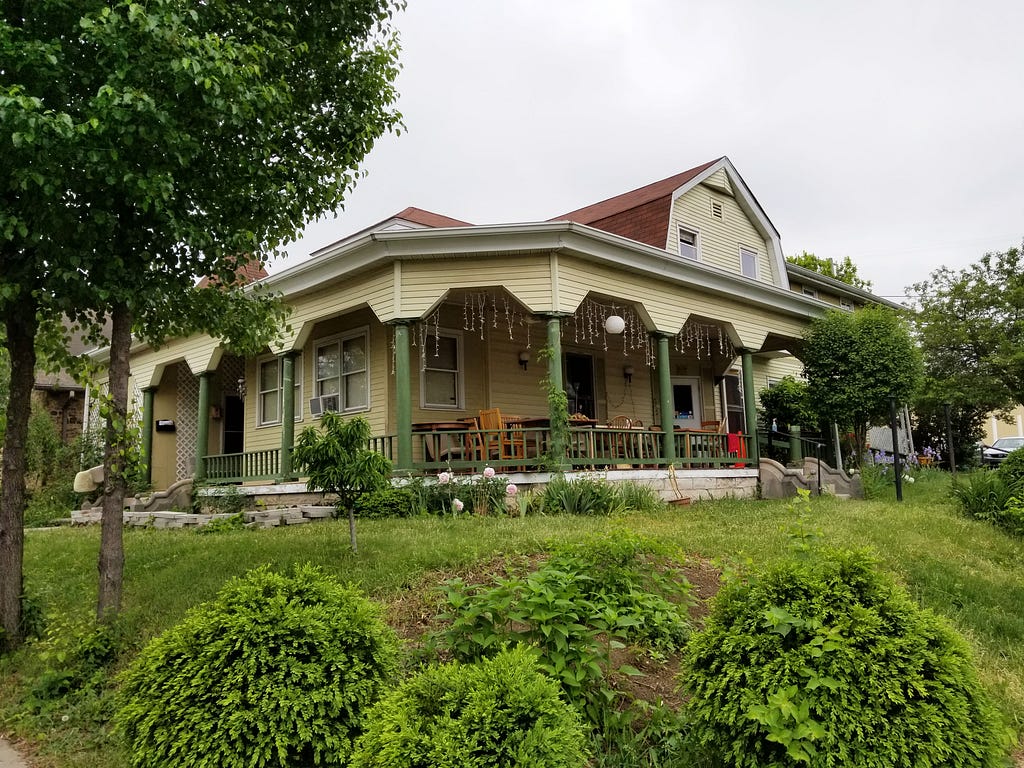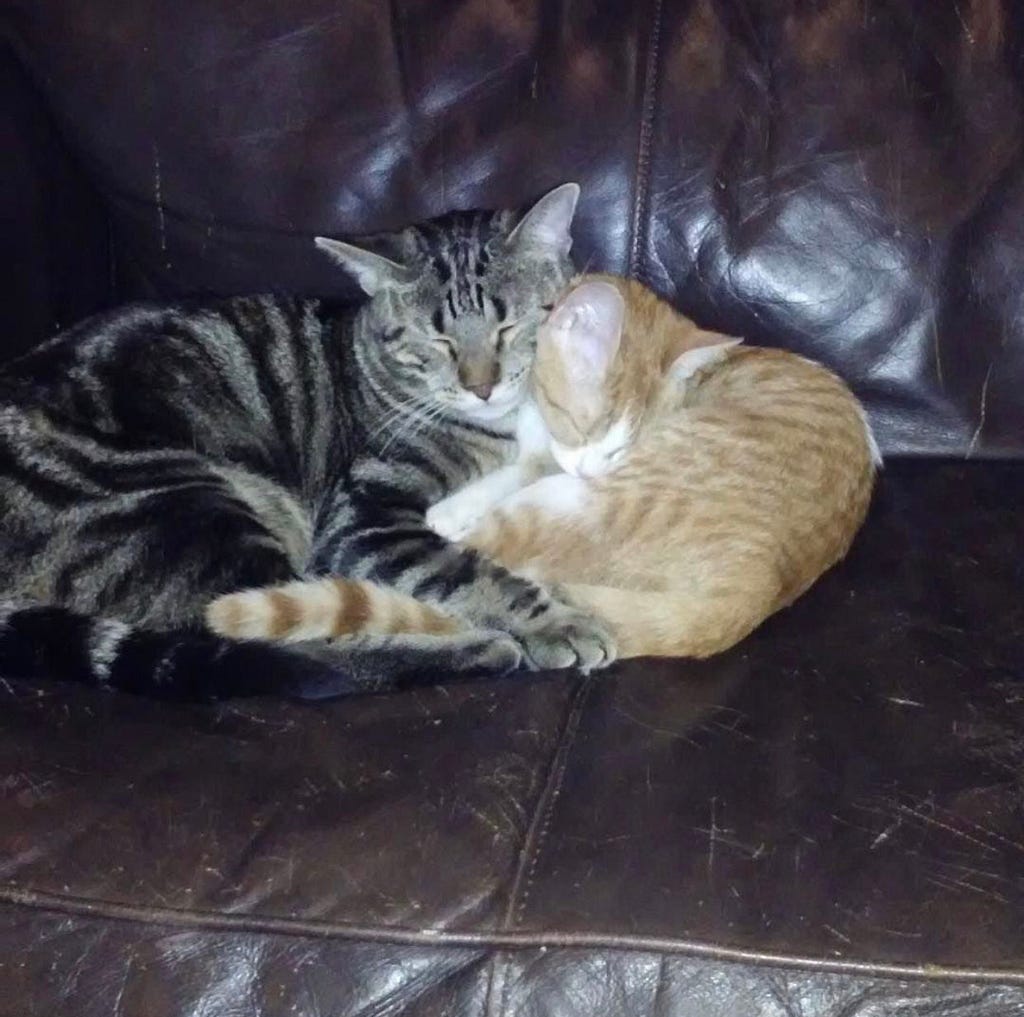Latest news about Bitcoin and all cryptocurrencies. Your daily crypto news habit.
 BCL Middle Earth - Bloomington, Indiana
BCL Middle Earth - Bloomington, Indiana
Working remotely is a gratifying challenge. It requires strict self management but also offers you greater levels of control over the work you produce and the time you spend producing it. Making the move from a more traditional work environment can be a challenge of a different sort, though. There are a number of remote-first companies which address freelancers’ concerns about lost social or career-oriented opportunities without issue; however, it is still falls to you to ensure that your needs — social and otherwise — are met. Finding a space in which you can replicate your ideal, productive environment is key to maintaining a healthy mindset. If you find yourself concerned about not only your work ethic but your social health while freelancing, then living in an intentional community may help you bridge the distance between the traditional, social work space and remote employment.
Intentional Communities at a Glance
An intentional community is a residential organization created to unite people and their shareable materials. These communities are also known as co-operatives, ecovillages, collectives, or communes, and they have a rich history in the United States and across the world. Some of these intentional communities have specific cultural or ideological purposes; they may expound upon their potential labels until their founders are satisfied. That is one of the gifts of intentional communities: these environments come in many shapes and sizes. One community may consist of a thousand or more people spread across multiple houses in a bustling, metropolitan area; another may gather hundreds together on a remote, rural plot so that each resident may attempt to help the others live off of the land. Another still may consist of a dozen or so students living within walking distance of a university, all of them doing their best to make ends meet while pursuing higher education.
I have lived in and worked remotely from an intentional community in Bloomington, Indiana for almost two years. My community is on the smaller side; our current membership consists of roughly fifty residents spread across three houses. My house, with its twenty or so residents, is divided between undergraduates, graduates, and working professionals. This kind of diversity is the ideology that Bloomington Cooperative Living styles itself around; each house is meant to be a refuge for people of any age, experience, religion, or system of beliefs.
 Co-op cats courtesy of Instagram @bclmiddleearthIntentional Communities and Remote Work
Co-op cats courtesy of Instagram @bclmiddleearthIntentional Communities and Remote Work
While living in this intentional community, I have primarily done full stack development work. Life in my house does impact my work, but it heightens the quality of what I produce, whereas living alone may have hindered it. During the day, the house is quiet, as most of the residents are at work or going to school. There’s always someone in the house, though. Luckily, there are a number of rooms in the house that I can move through; some are more social than others, and the options enable me to control the amount of social interaction I get in a day. If I want to chat while responding to client emails, I can head to the kitchen, where food, music, and company can keep myself occupied. If I need to focus on some particularly complex code, I can head up to the affectionately-named “Kitty Corner,” or move out to the front porch, so long as the weather is nice enough.
Not all intentional communities have the same amenities, of course. When considering living in an intentional community, you need to explore your options. What is your focus, and what, specifically, do you want from the community in which you might live? For example, IO House in Seattle, Washington, takes in up and coming tech leaders as they struggle to find their footing in Seattle’s growing tech scene; it is an ideal space for someone looking to dig deep into economic and entrepreneurial work. Alternatively, the Werehouse in Winston-Salem, North Carolina, serves as an excellent stomping ground for artists looking to find inspiration among an audience of peers. The Tinker’s Bubble, in South Somerset, England, moves beyond both of these focuses, turning its intentions instead towards sustainable living and the cultivation of its residents’ relationship with the natural environment. Any of these communities would be perfect for the right kind of remote employee. You have the opportunity, when looking for an intentional community to live in, to deliberately organize your life around your work, lifestyle, and beliefs.
No matter where you end up, you’re likely to see the economic benefits that life in an intentional community can provide. A smaller personal space coupled with shared resources leads to lower rent and cooperative upkeep. Shared food from either community-supported agriculture or a corporate bulk provider is healthy and cheap. The division of household chores lowers the cost of maintenance and makes it easier to keep the whole house clean.
That’s not to say that intentional communities are idyllic. My own experience has been fairly positive — my housemates have shared advice with me that’s changed the way I live and work, and the balance of social interaction and the privacy of my own room meets my needs. For the more hermit-like remote employee, though, an intentional community may be overwhelming. Whenever there are multiple people living in the same space, there’s going to be conflict; when you’re sharing resources with twenty or more other people, the types of conflict taking place are likely to be even more dramatic than a case of the occasionally neglected chore. These kind of conflicts aren’t just stressful to get involved in, but they’re stressful to be around. My own intentional community has mediators available to address in-house conflicts and to see that said conflicts are resolved, but a less organized community — or one that spans hundreds of residents instead of dozens — may find it more difficult to address the needs of each resident specifically.
Likewise, if you have a number of possessions that you’re not willing to part with, living in an intentional community may not be right for you. Living in a small space has forced me to make some hard choices about which of my possessions are the most valuable to me. However, I derive some pleasure from optimizing my space and owning only the essentials. If you have multiple vehicles, or if you’re not fond of sharing, then you may want to look into a smaller intentional community, other social groups, or local cowork spaces for the interaction you need in order to be an effective remote employee.
Meeting Your Needs
Intentional communities aren’t unique in the social opportunities they offer remote employees, but they are one option that someone transitioning out of a traditional work environment can take advantage of in order to maintain necessary levels of social interaction. Intentional communities of all ideological standards exist across the world, each with their own kind of living arrangement and varied geography.
When researching intentional communities, you must have a certain level of self-awareness in order to ensure that you choose the community that’s best for you. Seek out people of like minds, but remember to embrace diversity; understand how many people you can stand to be around and how you imagine yourself balancing your work and play. Remember, too, that working remotely means you can live anywhere — don’t limit yourself to what is local (but don’t overextend your means, either). Working remotely has already put you on a path towards economic and personal flexibility. Living and working in an intentional community is another way you can individualize your lifestyle and ensure that your needs — economic and otherwise — are met.
Joe Cieslik is the CEO of Whiteboard Dynamics, a full stack development team specializing in functional programming. You can find out more about us, how we can help you, and our past projects at whiteboarddynamics.co.
Work Remotely, Not Alone: Freelancing and Intentional Communities was originally published in Hacker Noon on Medium, where people are continuing the conversation by highlighting and responding to this story.
Disclaimer
The views and opinions expressed in this article are solely those of the authors and do not reflect the views of Bitcoin Insider. Every investment and trading move involves risk - this is especially true for cryptocurrencies given their volatility. We strongly advise our readers to conduct their own research when making a decision.